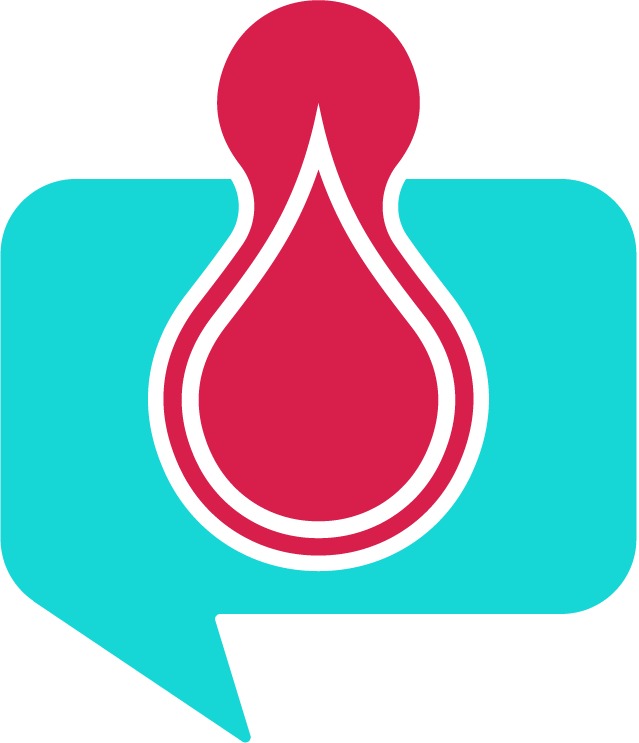Anticoagulation therapy is a cornerstone in preventing strokes, pulmonary embolism, and deep vein thrombosis. But it’s also one of the most error-prone areas in medicine. Globally, healthcare systems have recognized this and taken clear steps to bridge the knowledge gap among providers. In contrast, Pakistan still lags behind—lacking structured training, standardized protocols, and awareness initiatives.
What’s Working Internationally:
Across the US, UK, Australia, and parts of Europe, hospitals have adopted several key practices:
- Mandatory Continuing Education: Regular, certified training on anticoagulation protocols is part of professional development, especially for high-risk areas like cardiology and internal medicine.
- Anticoagulation Stewardship Programs: These are formal hospital-based teams—often led by pharmacists and hematologists—that oversee anticoagulation management, provide consults, and ensure compliance with best practices.
- EHR Integration: Clinical decision support tools within electronic health records guide prescribers in real time, reducing errors related to dosing, drug interactions, or inappropriate use.
- Simulation-Based Training: In some countries, simulation labs are used to train healthcare professionals on complex scenarios, such as anticoagulant reversal or perioperative bridging.
These initiatives have significantly improved patient safety and outcomes in anticoagulation therapy worldwide.
Where Pakistan Falls Behind:
In Pakistan, the story is different. While the need for safe anticoagulation is growing, the healthcare infrastructure hasn’t kept pace:
- Lack of Standardized Training: Most medical and nursing schools don’t offer formal, focused modules on anticoagulation therapy. Continuing education on this topic is sporadic or nonexistent.
- No Institutional Protocols: Few hospitals in Pakistan have dedicated anticoagulation teams or clinical pathways. Prescribing is often based on individual experience, not standard guidelines.
- Limited Use of Technology: Clinical decision support is rare, as many public and private hospitals still rely on paper-based systems or basic digital records.
- Poor Interdisciplinary Coordination: Pharmacists, nurses, and physicians rarely collaborate on anticoagulation care, resulting in fragmented management.
- Minimal Patient Education: Healthcare providers often don’t have time or resources to educate patients on their medications, increasing the risk of misuse.
Bridging the Gap: What Needs to Change in Pakistan:
To catch up with global standards, Pakistan’s healthcare system must take these steps:
- Introduce National Guidelines for anticoagulation therapy that are adapted to local realities but based on international best practices.
- Make Anticoagulation Training Mandatory in medical, pharmacy, and nursing education, and offer regular updates through CME programs.
- Set Up Anticoagulation Clinics within hospitals to centralize and standardize care.
- Invest in Health IT to support clinical decision-making and record-keeping.
- Build Awareness Campaigns for both professionals and patients to reinforce safe practices and improve outcomes.
Conclusion:
While many countries have developed systems to improve safety and training in anticoagulation therapy, Pakistan still faces fundamental gaps. Addressing these isn’t just a matter of policy—it’s a matter of patient safety. Investing in structured education, standardization, and interdisciplinary care could dramatically improve outcomes and save lives.


Leave Your Comment